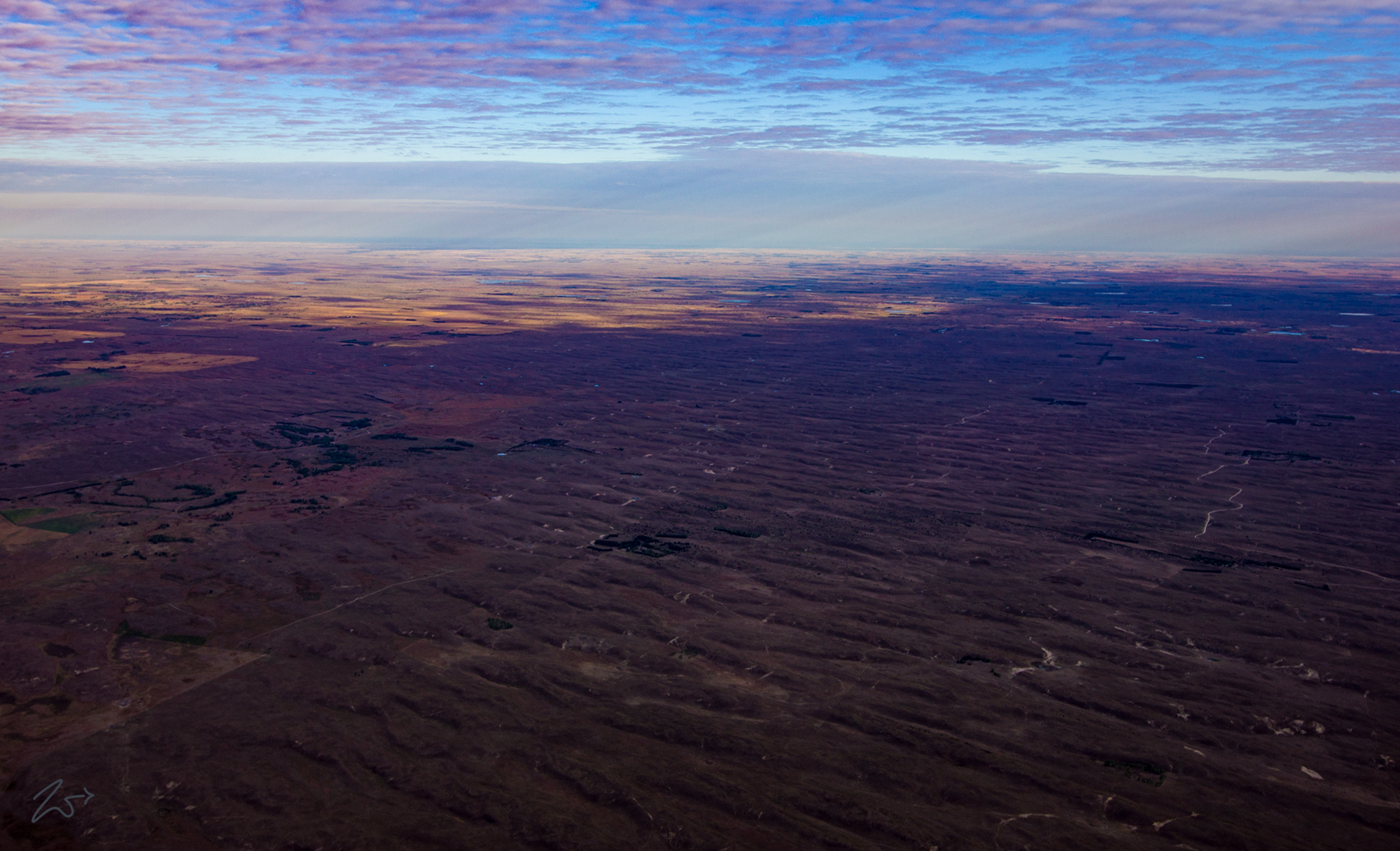
Zedekiah: “As I flew north past the Loup River the terrain began to dramatically shift from flat plains to a seemingly never-ending expanse of undulating dunes. These are the rolling Sandhills (sand dunes) of western Nebraska which stretch for miles across the plains, covering just over one-quarter (1/4) of the state. These dunes rolled along as far as I could see over the horizon.”
These dunes can reach heights of 400 feet (121 M) with lengths as long as 20 miles (32 K), and slopes as steep as 25 percent. These are the largest sand dune formations in the Western Hemisphere and one of the largest grass-stabilized dune regions in the world. The large sand masses that were formed by blowing sand are now held in place and stabilized by vegetation that consists mainly of grasses.
Rainfall in the Sandhills varies yearly from a total of 23 inches in the east to slightly less than 17 inches out in the west. These Sandhills are a semiarid region where sandy soils, low precipitation, and high evaporation rates support primarily dry grassland. However, the Sandhills also has numerous lakes and wetlands with valleys containing lakes and wet meadows supplied by a groundwater reservoir (aquifer) that holds an estimated 700-800 million acre-feet of water, which annually discharges 2.4 million acre-feet of spring-fed streamflow.

